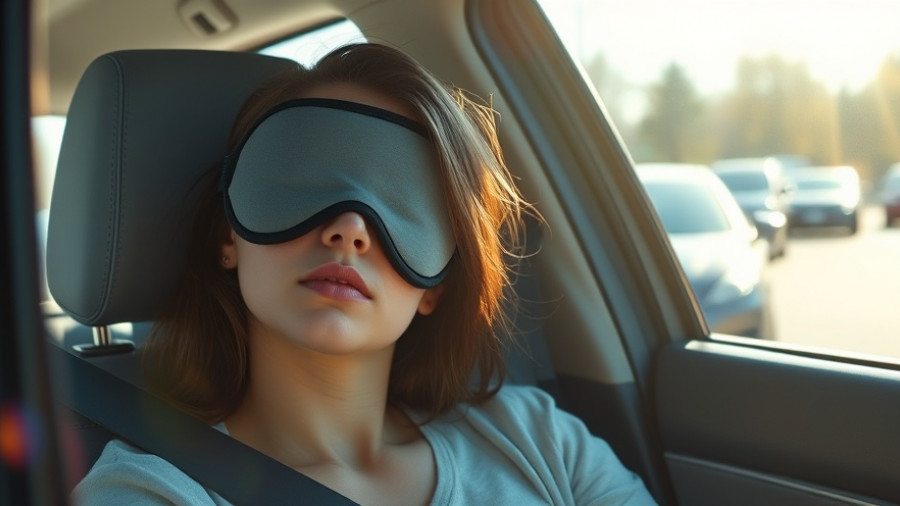
Understanding Headlight Glare and Its Impact on Nighttime Driving
The debate about headlight glare continues to shape discussions among drivers today. While complaints about increasingly blinding headlights have permeated communities, a new study from the Insurance Institute for Highway Safety (IIHS) sheds light on the reality: glare from headlights is implicated in a minuscule fraction of nighttime crashes. Specifically, out of over 24 million reported crashes, only one or two in every thousand relate to glare.
Why Glare Is Less of a Problem Than It Seems
Headlight glare can indeed be uncomfortable for drivers, but it plays a negligible role in crashes when compared to factors like poor visibility. IIHS President David Harkey highlights that the rise in complaints doesn’t reflect a proportional increase in glare-related incidents. From 2015 to 2023, the percentage of nighttime crashes attributed to glare has remained static, despite the notable improvement in headlight technology.
The Evolution of Headlight Technology
Interestingly, while federal standards governing headlight brightness have not been amended since 1997, IIHS’s headlight rating program initiated in 2016 has driven a significant transformation in how headlights are designed in the U.S. vehicle market. Automakers have increasingly adopted LED technology and improved the orientation of their headlights, resulting in better visibility without causing excessive glare. In 2016, a staggering 82% of headlights assessed were rated poorly; today, that figure has dramatically declined to just 16% for the most recent models.
A Closer Look at Crash Data
Most glare-related accidents happen when the affected driver veers off the road, often at night, making it difficult to attribute responsibility accurately. IIHS's research has shown that these incidents usually involve single vehicles traveling on local roads under wet conditions, typically with older drivers at the wheel. Remarkably, drivers older than 70 seem to be most affected by glare issues, posing a unique challenge for this demographic.
Mitigating Risks: What Can Be Done?
Even with improved technology, there is still potential for mitigating the discomfort and risks posed by glare. Suggestions include incorporating lane departure warning systems and automatic high-beam assistance, which could help reduce incidences of glare. Adaptive driving beam (ADB) technology is especially promising, as it can tailor light distribution to avoid dazzling approaching drivers. But, adoption in the U.S. faces regulatory challenges, despite its successful application in Europe for over a decade.
Understanding the Bigger Picture
Brighter headlights have undeniably made nighttime driving safer by reducing visibility-related crashes. Vehicles equipped with good-rated headlights have been shown to have a 19% lower rate of nighttime single-vehicle incidents and 23% fewer pedestrian crashes. As headlight design continues to improve, the emphasis should remain on reducing glare while enhancing safety.
Actionable Insights for Drivers
As a vehicle owner, it’s crucial to understand how headlight issues may affect you, especially if you’ve experienced accidents or property damage. Knowledge is power when it comes to addressing potential vehicle repairs and navigating the insurance claims process.
For those planning to file an auto insurance claim, consider documenting any substantial glare issues you experience and how they may relate to accidents. Additionally, ensure your vehicle’s headlights meet modern standards and are aimed correctly to minimize glare potential, which can also assist in maintaining a safe driving environment for everyone on the road.
Conclusion: Protect Yourself on the Road
As headlight technology improves, the conversations around glare will likely evolve, but understanding its actual impact on crash rates is vital for any vehicle owner. Stay informed about how to navigate the complexities of vehicle damage, repairs, and insurance claims. Take the proactive step to ensure your headlights are up to standard, and don’t hesitate to reach out for help when dealing with the aftermath of an accident.
 Add Row
Add Row  Add
Add 




Write A Comment